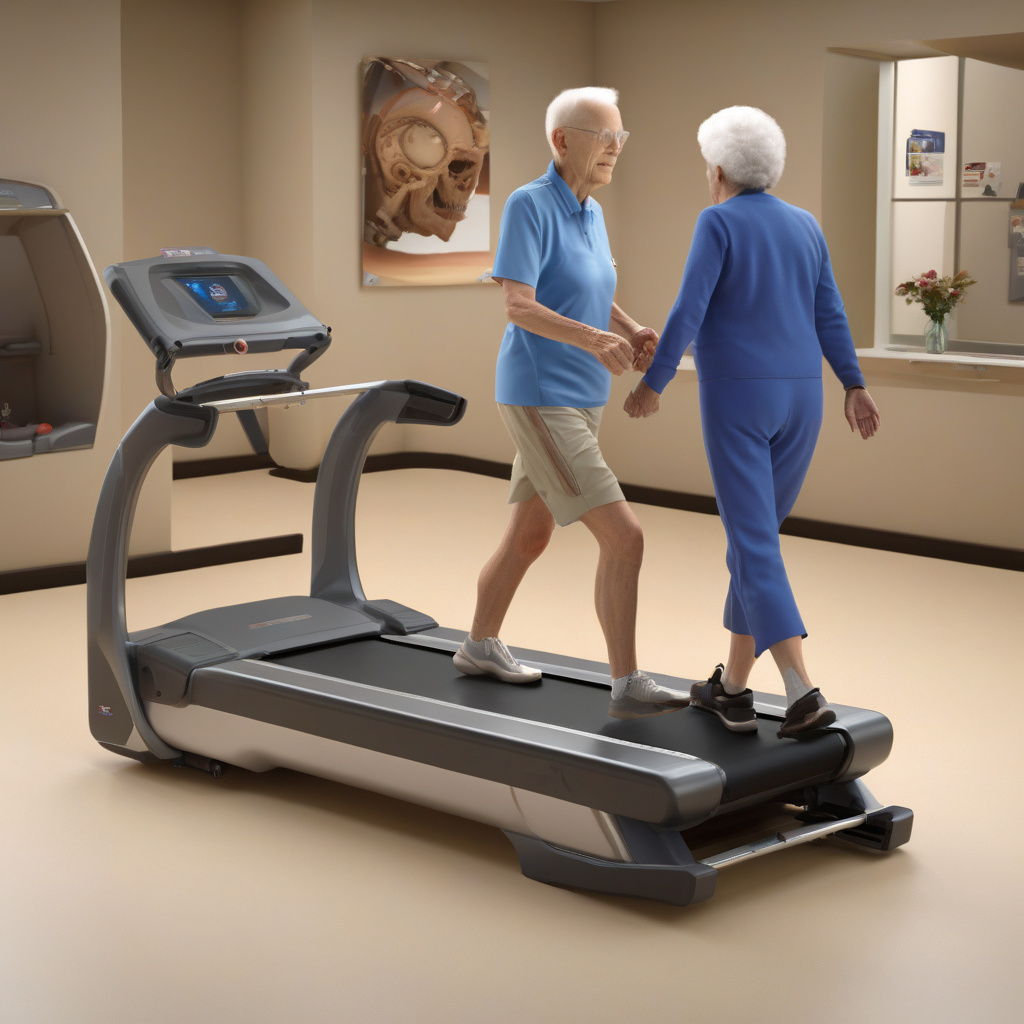NASA-Inspired Treadmill Revolutionizes Physical Therapy and Athletic Recovery
A breakthrough once developed with astronauts in mind is now transforming physical therapy, athletic recovery, and the way we approach walking for the injured and elderly. The innovative treadmill, inspired by NASA technology, incorporates zero-gravity tech to provide users with a unique and effective way to regain mobility and strength.
Imagine being able to walk or run without the constraints of gravity weighing you down. That’s the concept behind this cutting-edge treadmill, which uses differential air pressure to unweight the user, simulating the feeling of walking on the moon. Originally designed to help astronauts exercise in space, this technology is now being adapted for use here on Earth, with remarkable results.
One of the key benefits of this NASA-inspired treadmill is its ability to reduce the impact on the joints while still allowing for a full range of motion. This makes it an ideal tool for individuals recovering from injuries or surgeries, as well as for older adults looking to improve their balance and strength. By walking or running in a low-impact environment, users can safely build up their endurance and muscle mass without putting undue stress on their bodies.
Physical therapists and athletic trainers are increasingly turning to this zero-gravity treadmill to help their clients achieve their rehabilitation and fitness goals. By adjusting the level of unweighting, they can customize the workout to each individual’s needs, whether they are recovering from a knee injury or simply looking to improve their overall fitness level. This level of customization sets this treadmill apart from traditional rehabilitation methods, offering a personalized approach to recovery and training.
In addition to its therapeutic benefits, the NASA-inspired treadmill also provides valuable data and feedback to both users and healthcare professionals. By tracking metrics such as gait analysis, step length, and cadence, it offers insights into the user’s walking patterns and progress over time. This data can be used to adjust the workout plan as needed and to set achievable goals for the future, motivating users to continue pushing themselves towards recovery and wellness.
The success stories of individuals who have used this zero-gravity treadmill are truly inspiring. From professional athletes looking to bounce back from an injury to older adults regaining their independence, the impact of this technology is far-reaching. By harnessing the power of NASA-inspired innovation, we are able to unlock new possibilities in physical therapy and athletic training, helping people of all ages and abilities walk again with confidence and strength.
In conclusion, the NASA-inspired treadmill is a game-changer in the fields of physical therapy, athletic recovery, and mobility enhancement. By utilizing zero-gravity technology originally developed for astronauts, this innovative treadmill offers a safe, effective, and personalized approach to walking for those in need. As more healthcare professionals and individuals discover the benefits of this groundbreaking technology, we can expect to see even more lives transformed for the better.
NASA, treadmill, physical therapy, zero-gravity tech, rehabilitation









